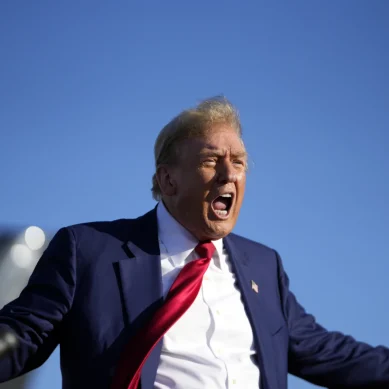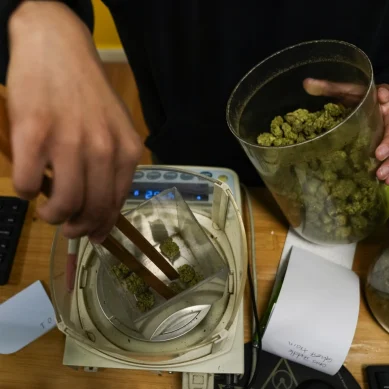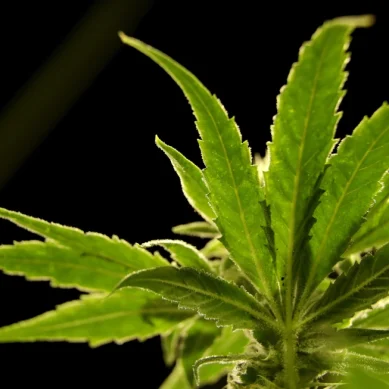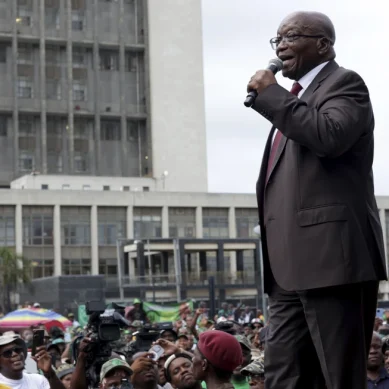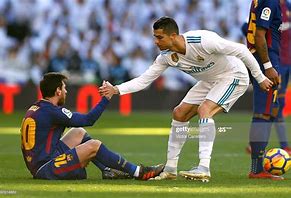
This week saw Lionel Messi suspended for failing to turn up for work.
Paris Saint-Germain banned him from playing or training with the team for two weeks after the forward took an unauthorised trip to Saudi Arabia for two days. Messi has been an ambassador for the Gulf nation’s tourism board for several years.
The Argentinian’s future at PSG beyond this summer is not clear. He joined them from Barcelona in the summer of 2021 on a two-year contract worth €30 million (£26.4m / $33.1m) per season and there is the option of adding a third year if both parties agree to trigger the extension. This has not happened yet and is unlikely to now.
Messi’s World Cup triumph in Qatar last December saw him anointed by many as the greatest footballer ever, yet the rest of his season has involved his club getting knocked out of the Champions League at the round of 16 stage and making hard work of retaining the Ligue 1 title. Messi has also been the focus of a strange soft power battle between Qatari-owned PSG and Qatar’s neighbour Saudi Arabia.
And as this is a conversation about Messi, we are contractually obligated to mention Cristiano Ronaldo, who has now spent half a season playing for Saudi Arabian club Al Nassr.
Ronaldo’s arrival at Al Nassr in January saw the club’s Instagram followers rise from 800,000 to more than 14 million in three months. However, there have been managerial changes, frustrating results and questions over whether the player is well-suited to playing in such a team and league.
So there we have it: Ronaldo became the highest-paid player in football history — signing a two-and-a-half-year contract worth £173 million ($208 million) a year — and Messi signed a lucrative agreement to promote the state of Saudi Arabia.
Although Messi’s agreement is to promote tourism only, it comes ahead of the country’s interest in hosting the 2030 men’s World Cup, which is part of the nation’s Vision 2030 strategic framework that seeks “to reduce Saudi Arabia’s dependence on oil, diversify its economy and develop public service sectors such as health, education, infrastructure, recreation, and tourism”.
As it often is with these two, the conversation has switched from what they are doing to how it will affect their respective images once they leave the game.
The legacy of sporting figures is complicated. Those who believe in it often focus on highlights rather than entire storylines. Few Ronaldo fans bring up his miss in the penalty shootout at the 2008 Champions League final, instead preferring to talk about the header he scored in normal time.
Messi devotees prefer not to discuss his performances in the 2015 and 2016 Copa America finals, often turning their ire to his team-mate Gonzalo Higuain’s profligacy in front of goal.
Defeats that may tarnish an on-field career are then ignored if that athlete gets victory at a later date. Professional sportspeople achieve things; how we interpret it is how the legacy is formed.
Netflix’s documentary series The Last Dance was a captivating piece of media that worked to preserve Michael Jordan’s status with the Chicago Bulls. But to do so, it needed to skirt around several facts, including Jordan coming out of retirement at 38 in 2001 to spend two more seasons playing for the Washington Wizards. It is hard to decide what events will affect a person’s legacy while the sportsperson is still playing.
Supporters of Messi and Ronaldo argue the pair’s recent actions are merely the next steps in an established trend: great players spending their final years eking out what remains of their talents in alternate landscapes for high sums of money.
As with many other professions, footballers get paid well and will naturally seek out the highest salaries. This is nothing new. What has changed is the countries and leagues competing to pay the most.
In eras past, Johan Cruyff and George Best would earn a payday retirement fund in the United States. Pele, similarly, was a member of New York Cosmos and featured in so many adverts that there is a joke about it in an episode of The Simpsons. Modern MLS fans saw what was left of Bastian Schweinsteiger, Andrea Pirlo, Steven Gerrard and Thierry Henry.
For a brief period in the 2010s, Russia became this new location. A 37-year-old Roberto Carlos made 28 appearances for would-be disruptor Anzhi Makhachkala in defensive midfield (with Samuel Eto’o as a team-mate). When asked how he managed to play professionally at such an age, Carlos joked that the club’s billionaire owner Suleyman Kerimov bought him a bungalow so he need not worry about climbing stairs after matchday.
China then saw a footballing boom. Qatar was home to the final games of Gabriel Batistuta and Xavi. Fernando Torres last laced up his boots in Japan, where Andres Iniesta, who turns 39 next week, is still going. The Turkish Super Lig has been a veritable who’s who of Premier League old boys.
- The Athletic report
